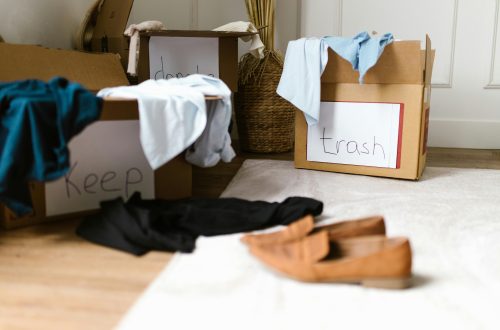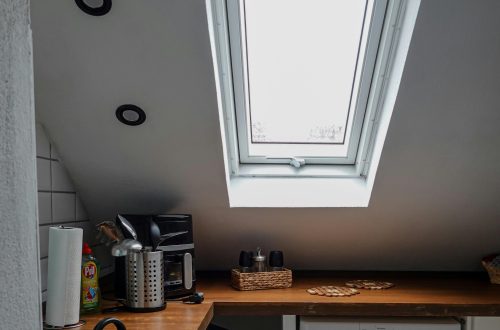Living in a cluttered home can feel overwhelming, draining your energy and making it harder to relax. Minimalism isn’t about living with nothing—it’s about surrounding yourself only with what truly adds value to your life. If you’re ready to reclaim your space and enjoy a simpler, tidier home, these minimalist decluttering tips will guide you through the process.
Start Small and Set Clear Goals
Decluttering an entire home can feel daunting, but breaking it down into manageable steps makes it easier. Instead of trying to tackle everything at once, focus on one area at a time—whether it’s a single drawer, a closet, or a room.
Define Your Why
Before you begin, ask yourself why you want to declutter. Are you looking for more peace, easier cleaning, or a fresh start? Keeping your motivation in mind will help you stay committed.
Use the 10-Minute Rule
If you’re short on time, dedicate just 10 minutes a day to decluttering. Small, consistent efforts add up and prevent burnout.
- Example: Spend 10 minutes clearing out expired pantry items.
- Tip: Set a timer to stay focused.
Adopt the “One In, One Out” Rule
Minimalism is as much about preventing clutter as it is about removing it. The “one in, one out” rule ensures your home doesn’t become overcrowded again.
How It Works
For every new item you bring into your home, let go of something similar. If you buy a new sweater, donate an old one. This habit encourages mindful consumption.
Apply It Everywhere
This rule isn’t just for clothes—use it for kitchen gadgets, books, toys, and decor. Over time, you’ll naturally own fewer unnecessary items.
- Bonus: It helps you appreciate what you already have.
Use the Four-Box Method for Decision-Making
When sorting through belongings, it’s easy to get stuck. The four-box method simplifies the process by giving you clear categories for every item.
Label Your Boxes
- Keep: Items you use and love.
- Donate/Sell: Things in good condition but no longer needed.
- Trash/Recycle: Broken or unusable items.
- Relocate: Belongings that belong in another room.
Be Honest with Yourself
If you haven’t used something in the past year, it’s likely not essential. Letting go can be liberating—focus on keeping only what serves a purpose or brings joy.
Create Functional Zones
A minimalist home is organized and intentional. Designate specific areas for different activities to maintain order.
Examples of Functional Zones
- Entryway: A spot for shoes, keys, and bags.
- Workspace: A clutter-free desk with only essential supplies.
- Relaxation Area: A cozy corner with just a chair and a book.
Keep Surfaces Clear
Flat surfaces like countertops and tables tend to collect clutter. Make it a habit to clear them daily—this instantly makes your home feel tidier.
Digitize What You Can
Paper clutter is a common problem, but going digital can help reduce physical mess while keeping important information accessible.
Steps to Digitize
- Scan documents and save them in organized folders.
- Use apps for notes, receipts, and calendars.
- Opt for e-books or audiobooks instead of physical copies.
Reduce Mail Clutter
Unsubscribe from junk mail and switch to paperless billing. A little effort upfront saves long-term clutter.
Conclusion
Decluttering your home with a minimalist mindset isn’t about perfection—it’s about creating a space that feels calm and functional. By starting small, making mindful choices, and maintaining good habits, you’ll enjoy a simpler, tidier home that truly supports your lifestyle. Remember, minimalism is a journey, not a destination. Take it one step at a time, and celebrate your progress along the way.






